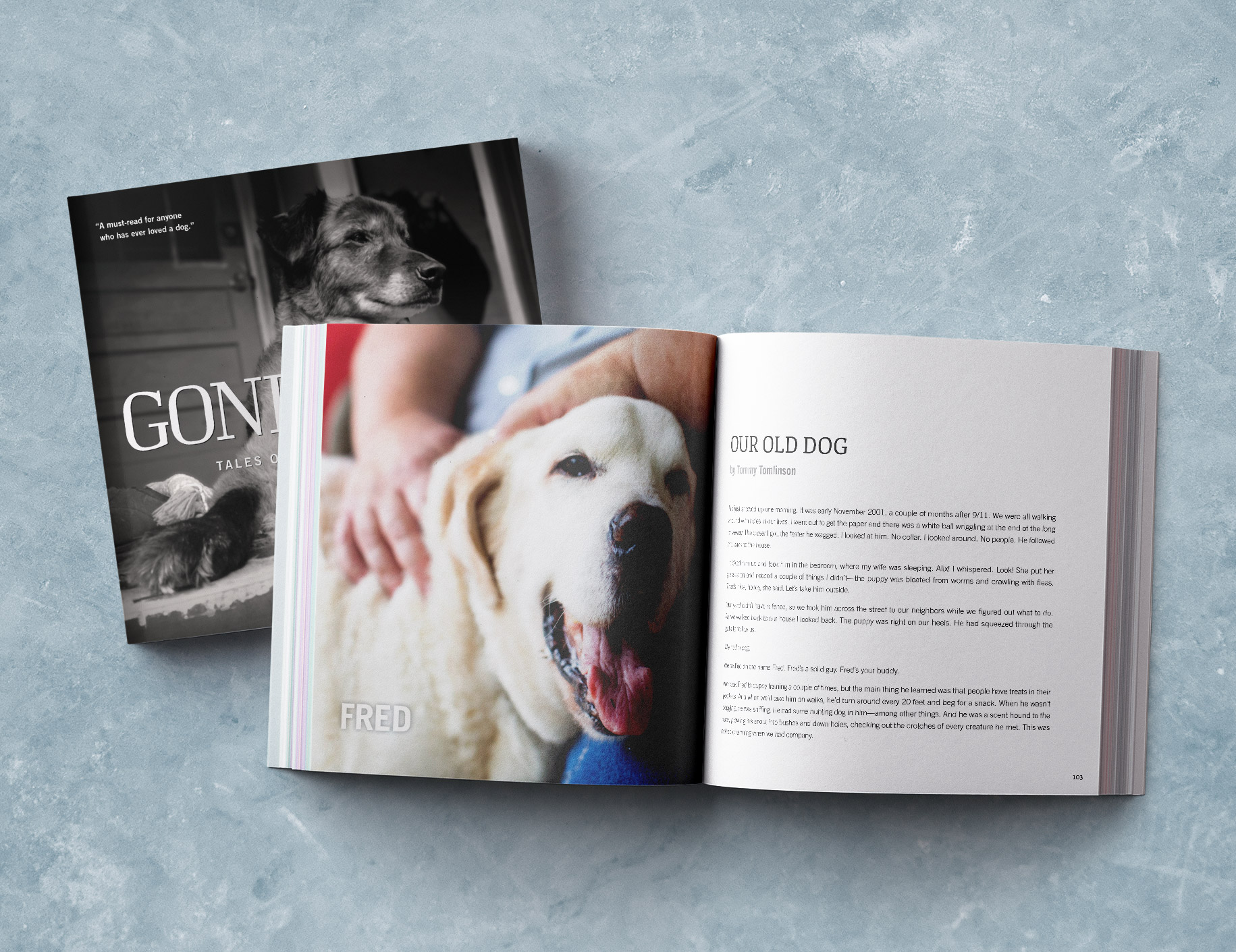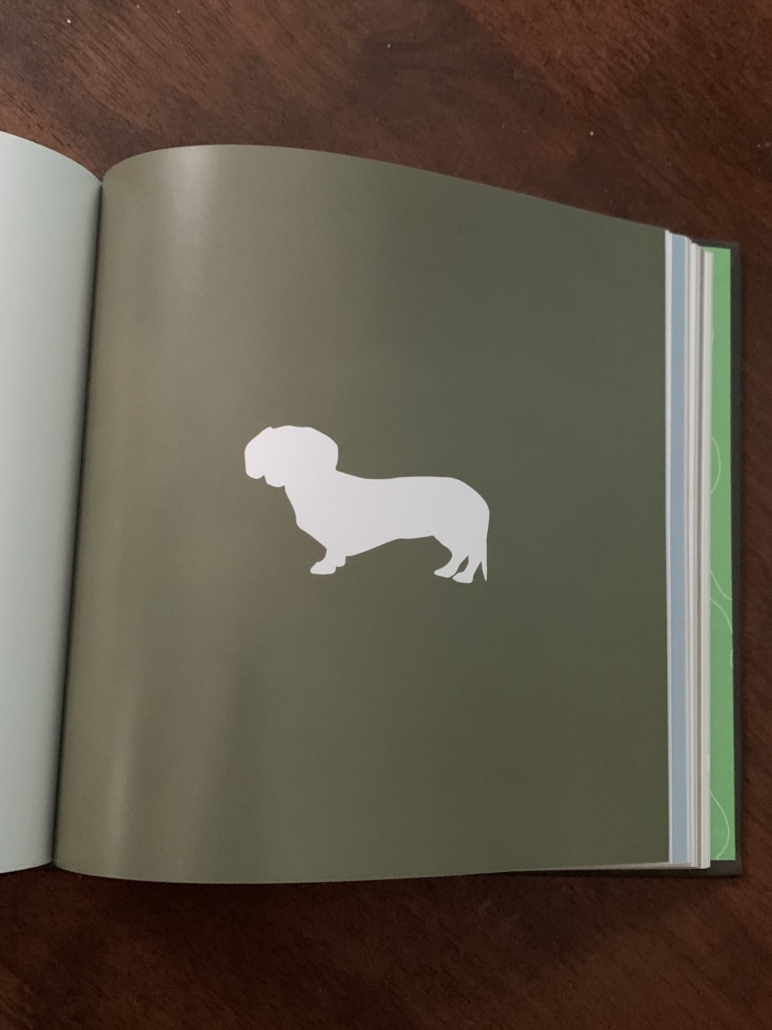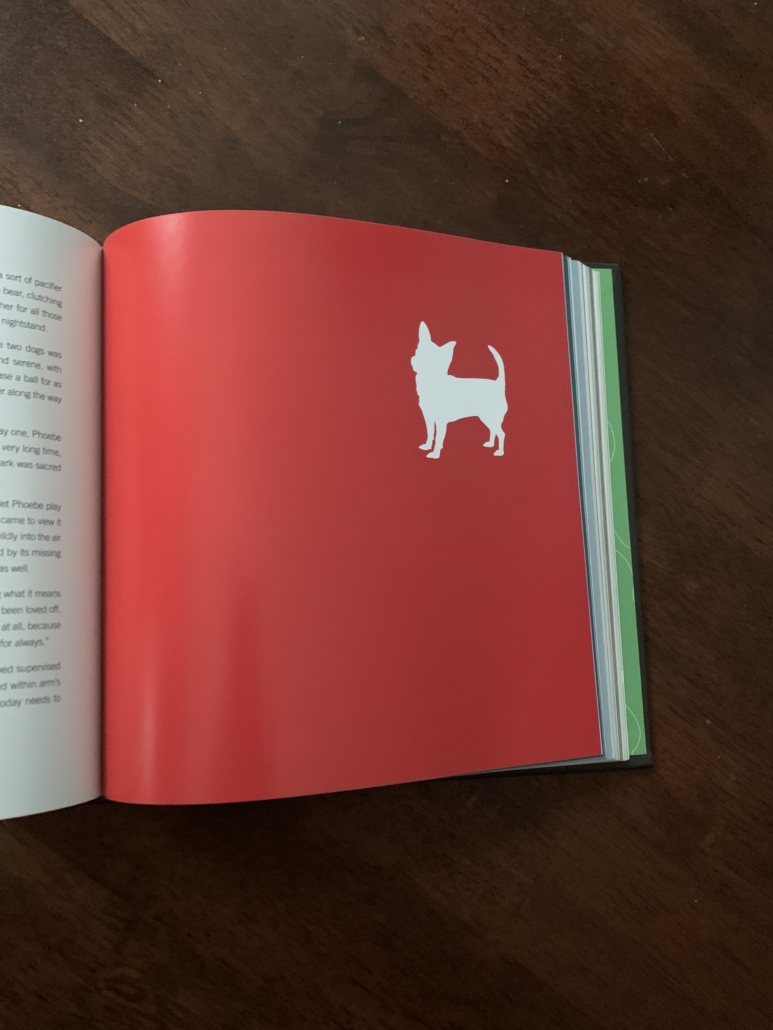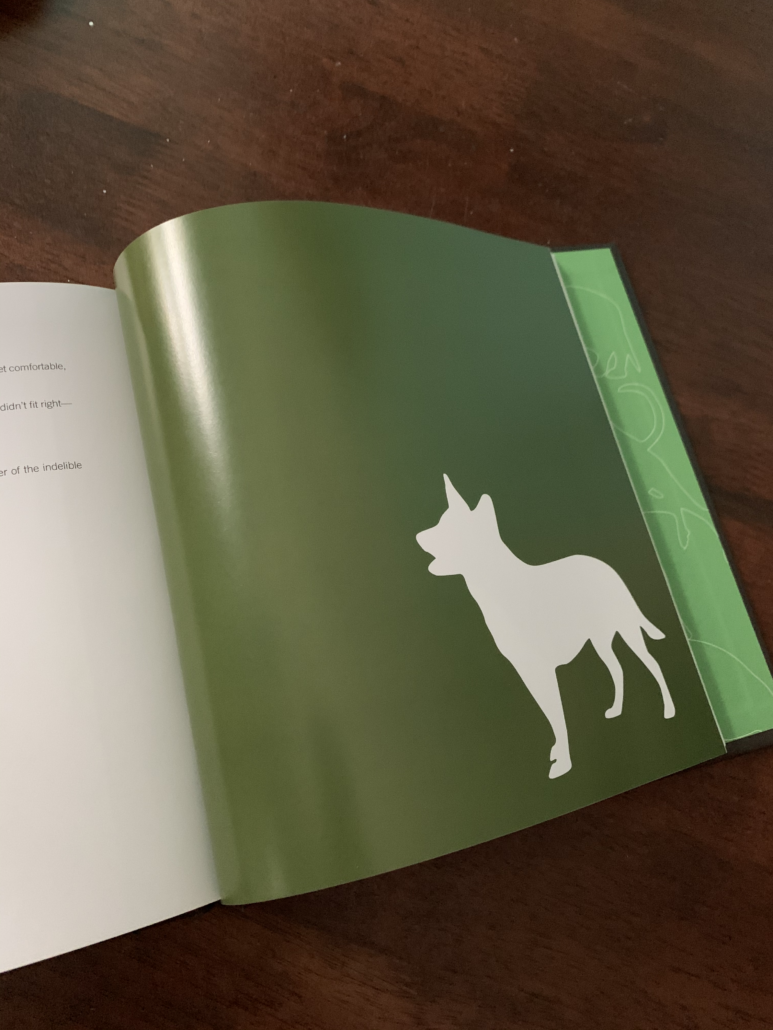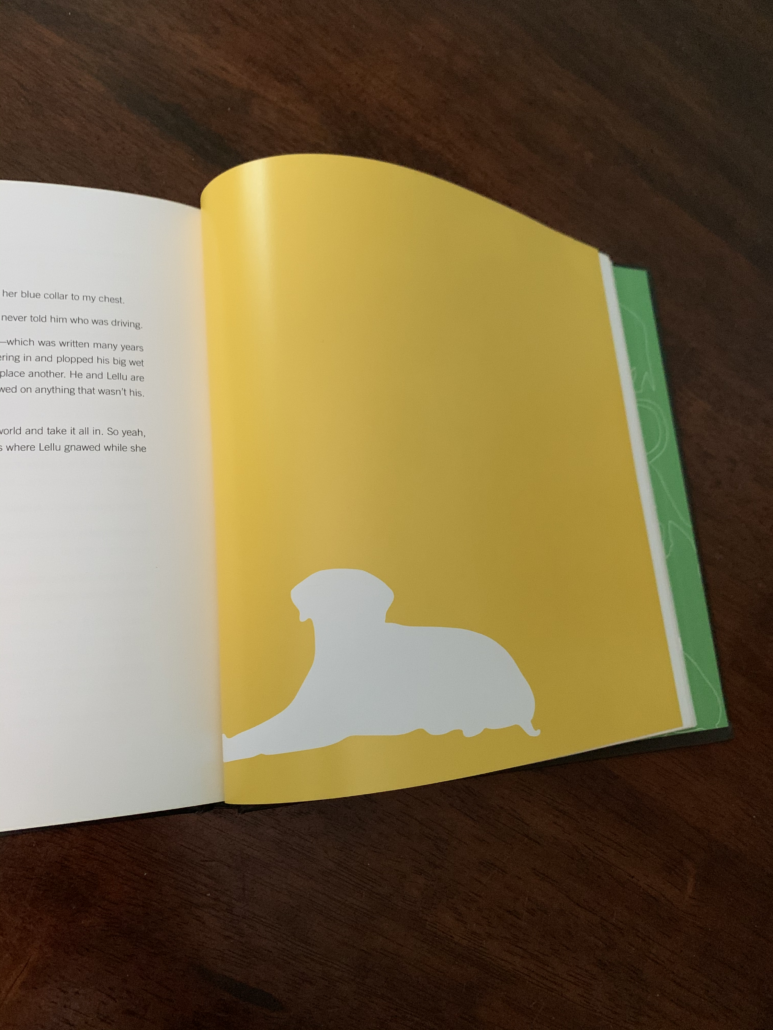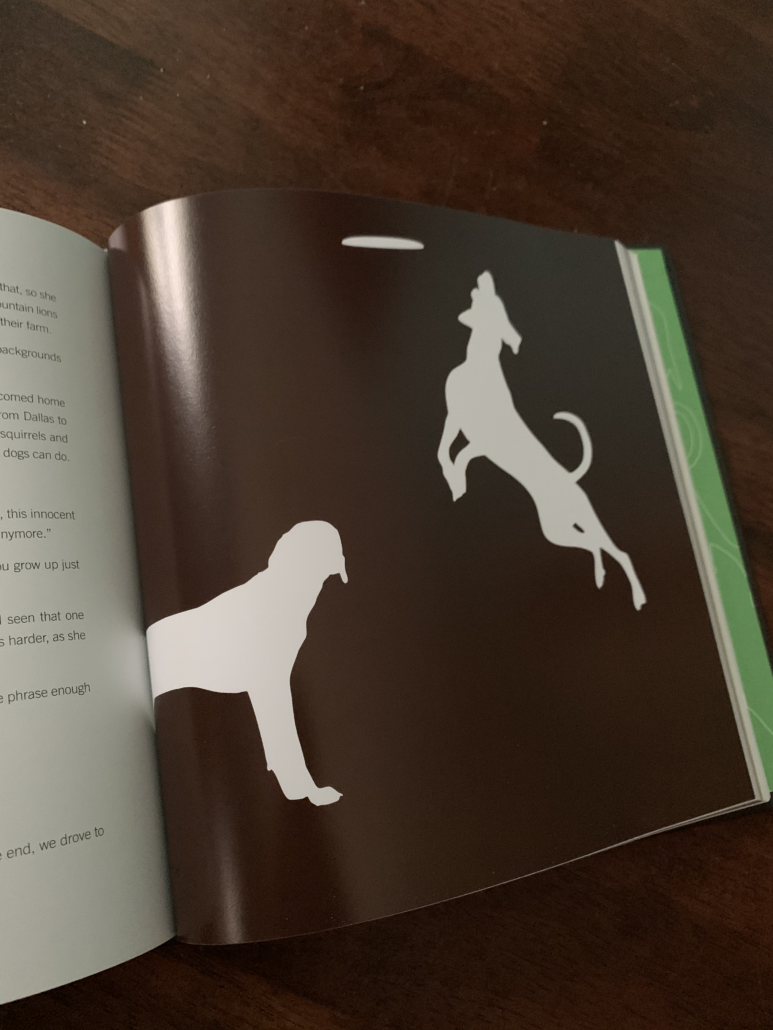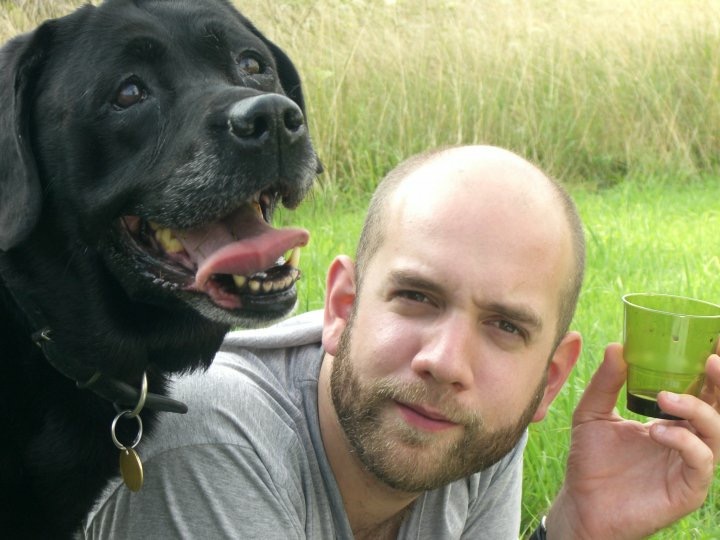The following is a submission by Pamela Desloges, from North Carolina. Throughout the year we’ll feature different stories that have been selected to be part of our book. This is Josie’s story, You Never Know.
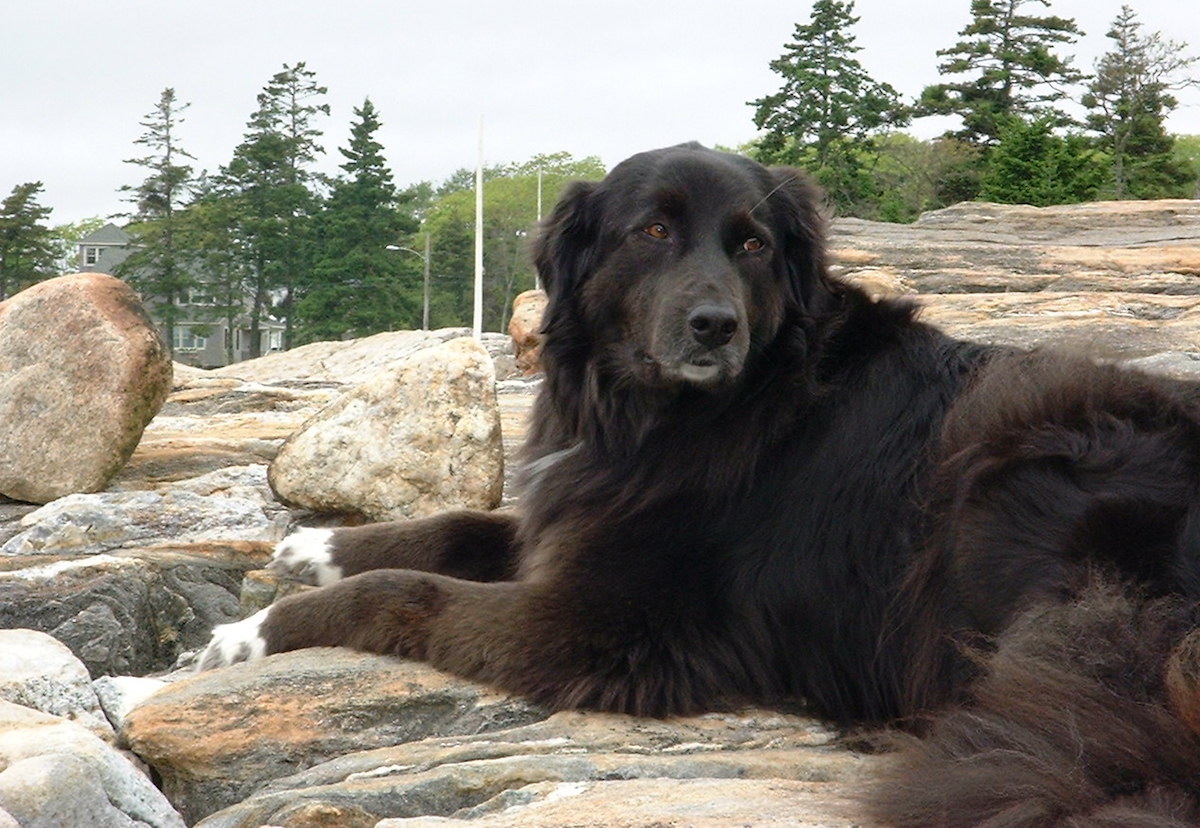
Sometimes you never get to see the far-reaching impact of your deeds. But then again, sometimes you do.
When Josie and I picked each other out at the animal shelter, I whispered in her ear that we would have good times, and her eyes sparkled in reply. We hiked mountains, canoed lakes, sat on the village green during summer concerts, spent long weekends with friends in Maine, took walks in snowstorms while waiting for the plow to clear our driveway. She traveled with me from Maine to Alaska and down to Florida. She was seldom on a leash and was welcome everywhere. I always felt safer traveling with her, although she couldn’t drive a standard or read a map.
Josie was a border collie/Lab mix who had a subtle but profound effect on people. When we had been together for two years, I decided it was time for her to get a job. She had earned her Canine Good Citizen Certificate at a local dog show after I signed her up on a whim; she would be perfect for therapy-dog work.
Near our house in the mountains of New Hampshire, there was a private nursing home called The Log Cabin. It actually had log siding and sat off the road in a forested area. It was small—with maybe twenty to twenty-five residents. I brought Josie to meet the director, who reviewed our credentials and was delighted at the idea of my bringing Josie to visit the residents every week. Soon we were spending our Wednesday mornings there.
I initially consulted with the staff about which rooms to enter, and always asked each resident if they would like to see the dog. Some declined. Most, however, were glad to have us visit them. We spent about fifteen minutes in each room, with lots of laughter and chatting. We enjoyed our visits and getting to know the folks.
I remember Alice, who chirped with delight when she saw Josie. Every week, she rubbed Josie’s head and crooned, “What a sweet dog! What’s her name?”
“Josie.”
“How old is she?”
“She’s four.”
“I had dogs. I always had dogs. Big ones like this. What’s her name?”
“Josie.”
“How old is she?”
Alice was one of our favorites.
On the second floor, there were fewer rooms; the people there seemed more independent. I guessed that they might have been there because they had no other place to live.
The first time we knocked on the open door of room 206, a woman answered that she did not care for a visit from a dog, but would love to chat with me for a few minutes anyway. Josie and I went in, and Dorothy offered me a chair next to her rocker. While we talked, Josie lay quietly on the floor beside me, pretty much unnoticed. Dorothy was physically fit, mentally alert, and interesting to talk with. I enjoyed our short conversations. Dorothy had a niece who lived nearby and came every week to take her out to lunch and make sure she had everything she needed.
One Wednesday, I looked into Dorothy’s room and she wasn’t there. I assumed she was out with her niece and proceeded down the hallway.
The next week when Josie and I got to her door, I was relieved to see her sitting in her rocking chair. As soon as she saw us, she called out for us to come in. “Bring the dog over here.” She reached out and ran her thin fingers over Josie’s smooth fur. During our visit, she never took her hands off Josie and gazed at her constantly.
She explained that the previous week, she had experienced a “heart incident.” Emergency personnel were summoned and whisked her to the hospital. She said that the ambulance ride was overwhelming, and she was terrified that she was going to die.
“But then I thought of your dog. I kept envisioning her and that comforted me. I pictured her while I was in the emergency room. She was with me all the time at the hospital.” Dorothy held Josie’s face in her hands and kissed her on the nose. “I don’t think I could have made it without her.”
Josie and I spent fifteen years together until she died of old age. Now I, too, picture her. When I think of her, my skin hurts because I miss her so much. But, like Dorothy, I feel a great calm when I see her face. I, too, think of many times that I could not have made it without her.
Sometimes you never know. But I always knew. Right from the moment I clipped a leash onto her collar at the animal shelter. When her soft golden eyes looked into mine and said, We’re good.
We were. Together, we were the best.

Author: Pamela Desloges
Add your Gone Dogs tribute by clicking here.


